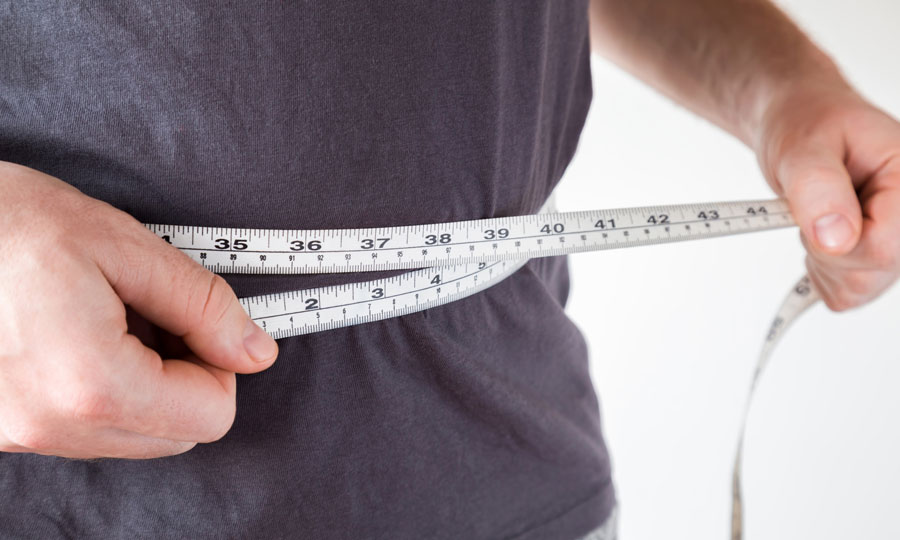

Health Risks With Intermittent Fasting
Unlike traditional fasting, which involves going without food for long periods, intermittent fasting focuses on alternating periods of eating with periods of fasting. Although intermittent fasting has been shown to burn fat, it also has some risks. Like other unhealthy dieting methods, intermittent fasting may cause you to overeat. When you deprive your body of food, you’re more likely to indulge the next time you eat a full meal. According to experts from Harvard Medical School, intermittent fasting may also cause constipation, lethargy and headaches. For people with chronic health conditions, intermittent fasting may even cause electrolyte imbalances or make it difficult to take medications as prescribed. If you have diabetes, the foods you eat and when you eat them play an important role in maintaining normal blood sugar levels. That’s why it’s important to consult a healthcare professional before trying intermittent fasting. If you wait too long to eat, your blood sugar may drop suddenly, causing dizziness, weakness and other symptoms. Vitamin and mineral deficiencies are also possible complications.Health Risks With Keto
The ketogenic diet, commonly known as “keto,” severely restricts carbohydrate intake and promotes high-fat, moderate-protein foods. The National Library of Medicine reports that people following the keto diet typically get 5% to 10% of their calories from carbohydrates, 30% to 35% from protein and 55% to 60% from fat. This diet has several risks, especially for people with a history of kidney, liver, thyroid, gallbladder and pancreas problems. Consuming high amounts of saturated fat may increase the risk of heart disease, so it’s important to choose heart-healthy fat sources. Too much protein may also tax the kidneys, increasing the risk of kidney stones or causing kidney function to decline. When you severely restrict your carbohydrate intake, you may miss out on important nutrients, resulting in vitamin and mineral deficiencies. One of the main risks of fad dieting also applies to the keto diet: upset stomach, dizziness, mood swings and other symptoms that occur as your body adjusts to a new way of eating. These symptoms may make it difficult to perform other routine activities.Health Risks With Atkins-Style Diets
In the 1960s, Robert Atkins developed the Atkins diet based on his belief that excessive carbohydrate intake was the driving force behind weight gain and chronic health problems. Like the ketogenic diet, the Atkins diet restricts carbohydrate intake and emphasizes consuming proteins and fats. Unlike many diets, Atkins doesn’t involve measuring portions or counting calories. Instead, people who follow Atkins count net carbs, or the total number of carbohydrates minus the number of grams of fiber in each food. For example, if a food has 10 grams of carbohydrates and 3 grams of fiber, it has 7 net carbs. The purpose of restricting carbohydrate intake is to force your body to use fat as an energy source.Phases of the Atkins Diet
The Atkins diet has four phases progressing from most restrictive to least restrictive. Atkins designed the dieting cycle this way to help people lose more weight in the beginning and slowly transition from weight loss to weight maintenance.- Phase 1: During the first phase, you eat no more than 20 grams of net carbs per day.
- Phase 2: The net carb limit increases to 30 grams per day during the second phase.
- Phase 3: When you reach the third phase, you increase your net carb limit by 10 grams per week until you reach your weight loss goal.
- Phase 4: During the maintenance phase, you can eat up to 120 grams of net carbs per day. If you begin to gain weight, you may need to reduce your net carb intake until you reach your goal again.
